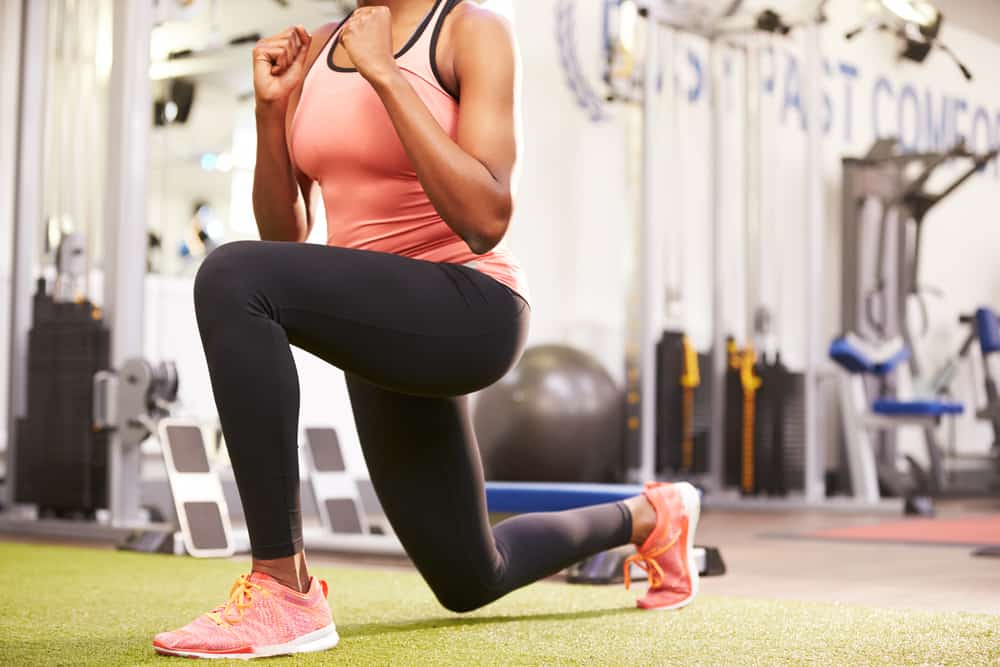Lateral Raises
Starting position: While standing with feet shoulder-width apart, center the resistance band or tube beneath both feet (or grab the dumbbells). Keep your knees soft and slightly bent. Grasp the handles and bring your hands to your sides with your arms hanging straight down and your palms facing in toward your sides. Keep your chest up and shoulders back and upright.
Movement: Inhale, then exhale and move your arms out from your sides (keeping arms straight), moving your hands away from your legs until they are at shoulder level. You’re bringing your arms out to your sides until they are parallel to the ground, so that you are forming a letter “T.” Lower your arms back down to the sides of your legs and repeat. Make sure to tighten your trunk by contracting your core muscles (midsection), and keep your back straight.
Biceps Curls
Starting position: Stand with your feet shoulder-width apart, knees comfortable, pelvis tucked, shoulders dropped and chin level. Center the resistance band/tube under both feet and grasp the handles (or dumbbells) with your palms facing forward and your arms extended straight down from your shoulders. Keep your elbows anchored to your sides. Movement: Inhale, than exhale as you bend your elbows, palms facing up, to bring your hands three-fourths of the way to your shoulders. Inhale as you return to the starting position.
How many: Two sets of 10 repetitions
Pull-Up
Equipment: Pull-up bar
Starting position: First of all, be careful grasping the bar – you might want to step on a bench. (If you use a stool or bench, bend your knees to get it out of the way after you grasp the bar.) Grasp the bar with a firm grip, hands slightly wider than shoulder-width apart. If your legs do not clear the ground in the dead-hang starting position, bend your knees to raise your feet. Cross your ankles for added stability.
Movement: Exhale as you raise your body in a single, smooth motion by pulling the bar toward your chest until your chin is above the bar. Do not bicycle (lift the feet alternately) or kick your legs while lifting your body. Inhale as you slowly return to the starting position.
How many: Try to do as many as you can without swinging your body and doing the exercise correctly. Goal is to do three sets of five repetitions.
Forward Lunge
Targets: Buttocks, hamstrings, quadriceps, abductors
Equipment: None
Starting position: Stand with feet together, hands on hips
Movement: Inhale as you step forward with your right leg and bend your right knee to form a 90-degree angle. Don’t lean back before stepping forward, and keep your trunk in front of your hips when you do move forward. Keep your knee directly above your toes during the downward movement to avoid overstressing the knee joint. Exhale as you push off your toes to return to the starting position. Keep an upright posture throughout the exercise. Make sure that your head, shoulders, hips and ankles are all aligned. Then alternate and do the other leg.


